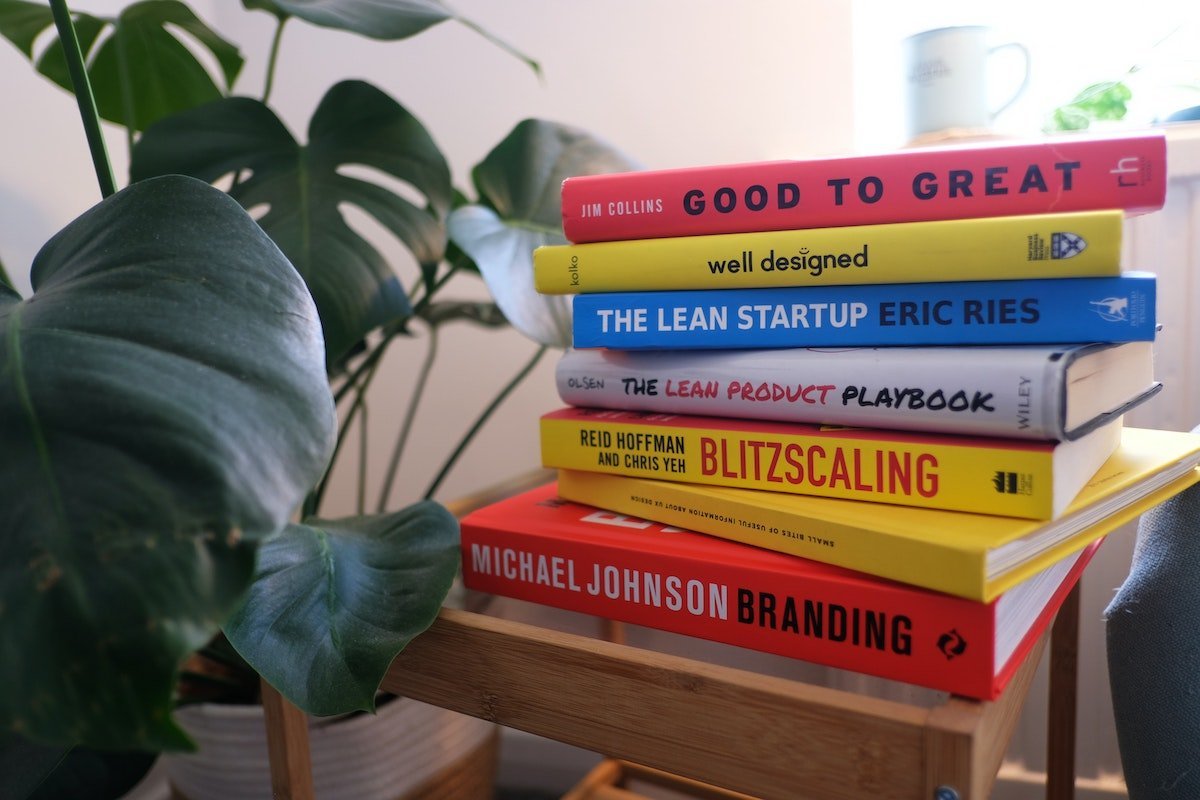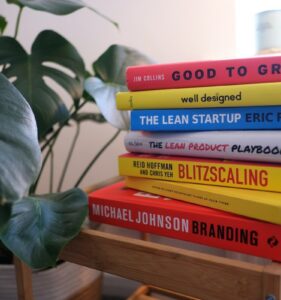In the past, starting a new business was a high-risk venture that required significant investment of time, money, and resources. You would have to come up with a business plan, develop a prototype, conduct market research, and secure funding before even launching your product or service.
But with the advent of the Lean Startup methodology, entrepreneurs and established companies alike can now take a more iterative, experimental approach to developing and launching new ventures. Rather than creating a comprehensive business plan from the get-go, the Lean Startup encourages entrepreneurs to build a “minimum viable product” (MVP) – a basic version of the product or service that can be tested with customers and refined based on feedback.
The key to the Lean Startup approach is to test assumptions early and often, using customer feedback to refine the product and business model. This allows entrepreneurs to validate their ideas before investing significant time, money, and resources, and to pivot if necessary based on what they learn from customers.
The Lean Startup has become a widely adopted methodology in the tech startup world, but its principles can be applied to any industry. By using a more iterative, experimental approach to developing new ventures, entrepreneurs can reduce risk, save time and money, and ultimately increase their chances of success.
So if you’re an entrepreneur looking to start a new venture, or an established company looking to innovate, consider adopting the Lean Startup methodology. By focusing on experimentation and customer feedback, you can create a product or service that truly meets the needs of your customers and sets you up for success in the 21st century.
The history of Lean Startup
The Lean Startup is a modern business methodology that has gained popularity in the 21st century. It was created by Eric Ries, who worked as a consultant and entrepreneur in Silicon Valley. Ries created the methodology as a way to help entrepreneurs and startups create and launch products more efficiently and effectively.
The idea for the Lean Startup came from Ries’ experiences working in the tech industry, where he saw many companies invest large amounts of money and resources in developing products that ultimately failed in the marketplace. Ries realised that the traditional approach to product development, which involved extensive planning, prototyping, and testing, was inefficient and often led to wasted resources.
Ries believed that there was a better way to create and launch products. He started experimenting with a new approach, which he called the Lean Startup. The methodology was based on the principles of lean manufacturing, which were originally developed by Toyota in the 1950s. Lean manufacturing emphasises continuous improvement, waste reduction, and customer focus.
The Lean Startup methodology focuses on building a “minimum viable product” (MVP) as quickly as possible and testing it with customers. The goal is to get feedback from customers early in the development process and use that feedback to improve the product. This approach allows entrepreneurs to avoid investing large amounts of time and money in a product that may not be successful.
Ries introduced the Lean Startup methodology in his book, “The Lean Startup: How Today’s Entrepreneurs Use Continuous Innovation to Create Radically Successful Businesses,” which was published in 2011. The book became a bestseller and helped popularise the Lean Startup methodology.
Since the publication of Ries’ book, the Lean Startup has become a popular approach for entrepreneurs and startups. It has also been adopted by established companies looking to innovate and create new products. The Lean Startup has been credited with helping many startups succeed and has become a key part of the modern entrepreneurial landscape.
How do you implement the Lean Startup model
The Lean Startup model is a methodology that can help entrepreneurs and established companies create and launch products more efficiently and effectively. Here are some steps to help you implement the Lean Startup model:
- Develop a hypothesis: The first step in the Lean Startup model is to develop a hypothesis about your product or service. This hypothesis should include the problem that your product or service is solving, the target market, and the value proposition.
- Create a minimum viable product (MVP): Once you have a hypothesis, you should create an MVP of your product or service. This should be a basic version of your product or service that you can test with customers. The goal of the MVP is to get feedback from customers early in the development process and use that feedback to improve the product.
- Test with customers: The next step is to test the MVP with customers. This can be done through surveys, interviews, or focus groups. The goal is to get feedback on the product or service and use that feedback to make improvements.
- Pivot if necessary: Based on the feedback from customers, you may need to pivot your product or service. This could involve changing the target market, the value proposition, or the product itself.
- Scale and optimise: Once you have a successful MVP, you can scale and optimise your product or service. This could involve increasing marketing efforts, improving the product or service, or expanding into new markets.
The Lean Startup model is a continuous process of experimentation and iteration. By focusing on customer feedback and continuous improvement, you can create a product or service that truly meets the needs of your customers and sets you up for success in the 21st century.


